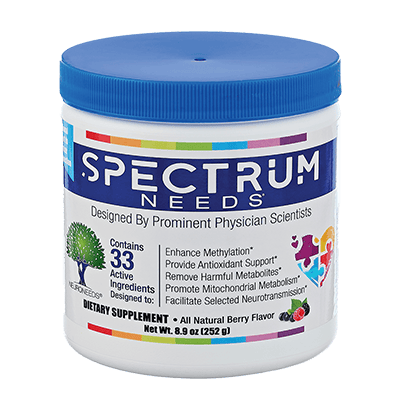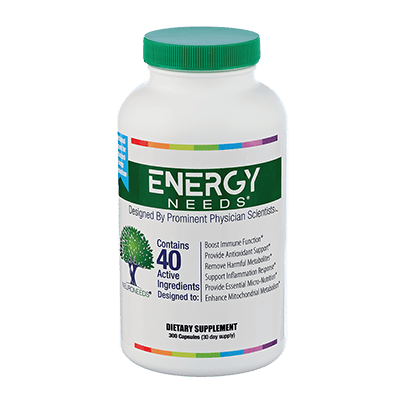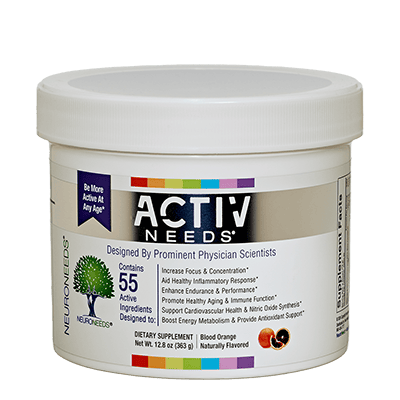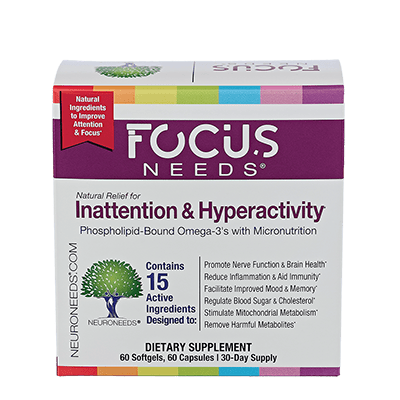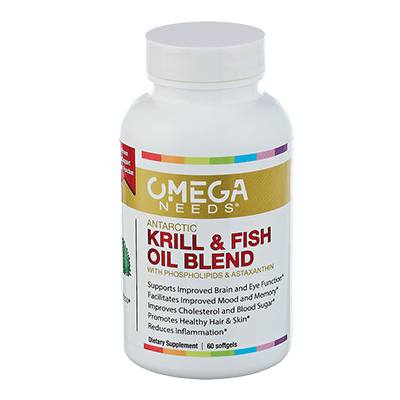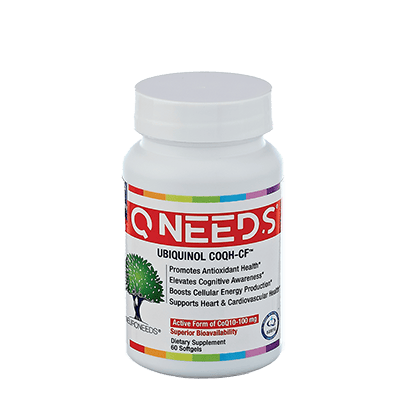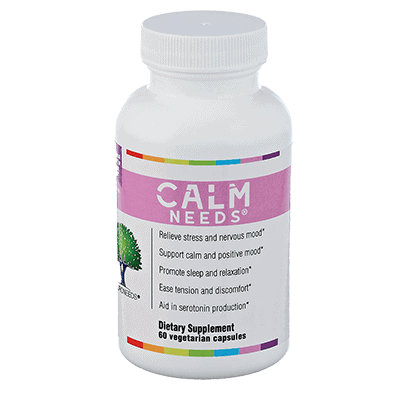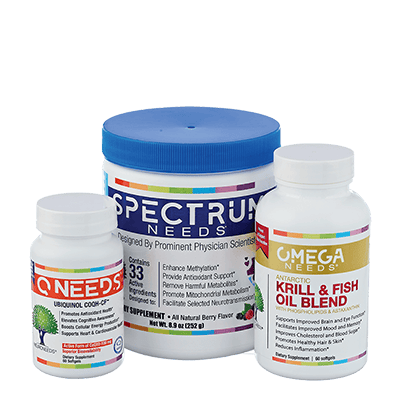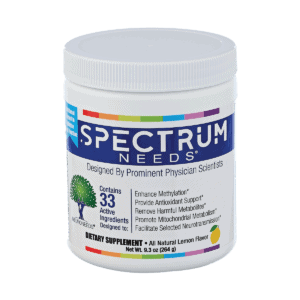$84
Pyridoxine (also known as vitamin B6, one form of which is pyridoxal-5-phosphate – PLP)
Pyridoxine cannot be manufactured by humans and is obtained exclusively from the diet. The activated form of pyridoxine, pyridoxal 5-phosphate (PLP), serves as a cofactor in over 100 enzymes in carbohydrate, lipid, and amino acid metabolism. PLP is also involved in neurotransmitter, myelin, and hemoglobin synthesis, as well as gene expression. Deficiency is generally found in individuals with highly-restricted diets and/or substantial gastrointestinal disease. Symptoms can include weakness, fatigue, depression, seizures, peripheral neuropathy, vomiting, anemia, and cardiovascular disease including stroke. Children with ASD often have diets that are relatively deficient in many nutrients. The role of pyridoxine in the treatment of autism has been the subject of some studies, and some benefits have been noted, especially in studies in which magnesium is also supplemented. One study suggests that pyridoxine activation may be defective in ASD, arguing for PLP supplementation. Pyridoxine is sometimes recommended for a very long list of neurological and other conditions. Side effects are rare at usual doses used in supplementation.
Pyridoxine in SPECTRUM NEEDS
 Pyridoxine is added in order to provide a wide basis of nutrition, especially given the important role of pyridoxine in energy metabolism and the preliminary data regarding its use as a food supplement in ASD. It is unclear whether the inactivated or activated (PLP) form of pyridoxine is preferred, and thus the SPECTRUM NEEDS product contains both forms in equal amounts. Side effects are unexpected.
Pyridoxine is added in order to provide a wide basis of nutrition, especially given the important role of pyridoxine in energy metabolism and the preliminary data regarding its use as a food supplement in ASD. It is unclear whether the inactivated or activated (PLP) form of pyridoxine is preferred, and thus the SPECTRUM NEEDS product contains both forms in equal amounts. Side effects are unexpected.
Pyridoxine, also known as vitamin B6, is one of the eight B-complex vitamins. Pyridoxine cannot be manufactured by humans and is thus a true vitamin, obtained exclusively from the diet.
The active form of pyridoxine, pyridoxal 5-phosphate (PLP), serves as an enzyme cofactor in over 100 enzyme reactions in carbohydrate, lipid, and amino acid metabolism. PLP is also involved in neurotransmitter, myelin, hemoglobin synthesis, and gene expression.
Deficiency is generally found in individuals with highly-restricted diets and/or substantial gastrointestinal disease. Symptoms can include weakness, fatigue, depression, seizures, peripheral neuropathy, vomiting, anemia, and cardiovascular disease including stroke.
The role of pyridoxine in the treatment of autism is not well studied. Children with ASD often have diets that are relatively deficient in many nutrients. One study (https://www.ncbi.nlm.nih.gov/pubmed/16494569), revealed that pyridoxine levels are high and PLP (activated pyridoxine) levels are low in children with ASD, suggesting a defect in pyridoxine activation, and arguing for PLP supplementation in ASD. In another study, pyridoxine supplementation, with riboflavin and magnesium, lowered dicarboxylic acid levels in children with ASD, which suggests that the treatment improved fatty acid metabolism https://www.ncbi.nlm.nih.gov/pubmed/21840465. A review article reported positive results in children with ASD treated with high dose pyridoxine combined with magnesium (https://www.ncbi.nlm.nih.gov/pubmed/1828703). Pyridoxamine 5′-phosphate oxidase deficiency, a metabolic condition caused by loss of the enzyme function that actives pyridoxine, results in severe encephalopathy (brain disease). Some cases have had ASD, and disease improves with PLP therapy. Also see: https://www.ncbi.nlm.nih.gov/pubmed/27330305.
Pyridoxine is sometimes recommended for Alzheimer disease, attention deficit-hyperactivity disorder (ADHD), Down syndrome, diabetes and related nerve pain, sickle cell anemia, migraine headaches, asthma, carpal tunnel syndrome, night leg cramps, muscle cramps, arthritis, allergies, acne and various other skin conditions, and infertility. It is also used for dizziness, motion sickness, preventing the eye disease age-related macular degeneration, seizures, convulsions due to fever, and movement disorders (tardive dyskinesia, hyperkinesis, chorea). Some people use pyridoxine for boosting the immune system, eye infections, bladder infections, preventing cancer and kidney stones, increasing appetite, and helping people remember dreams.
Most supplements contain inactivated pyridoxine, but some sources suggest that the activated (pyridoxal-5-phosphate, abbreviated as PLP) form is better. Studies are few, and the answer is not clear.
Pyridoxine is a water-soluble vitamin and thus considered to be generally non-toxic. Side effects are rare at usual doses used in supplementation.
Laboratory testing can reveal the presence of a deficiency of this nutrient, but is generally not likely to have clinically utility.
How and Why is Pyridoxine Used in Spectrum Needs
Order SpectrumNeeds Today
Formulations

